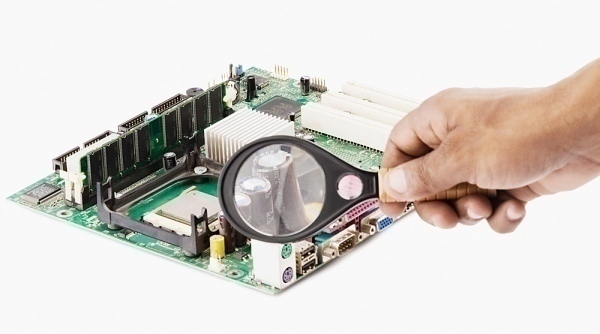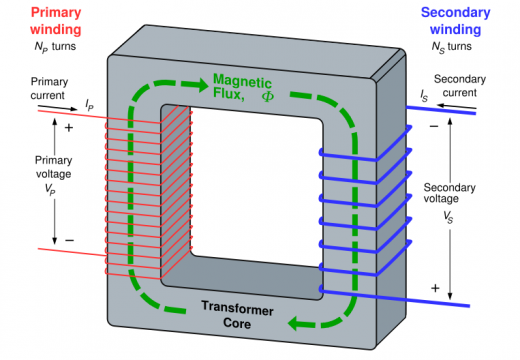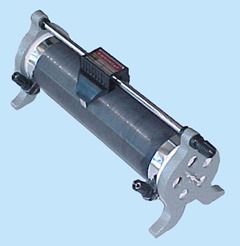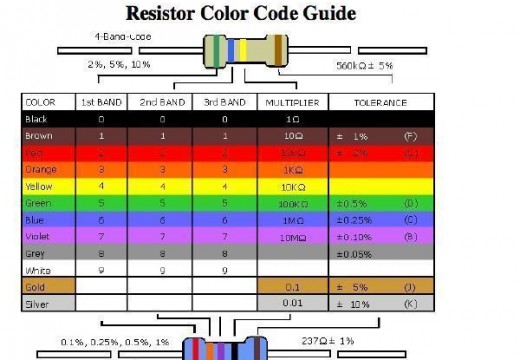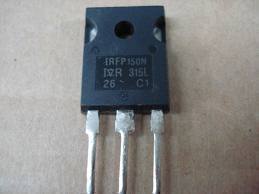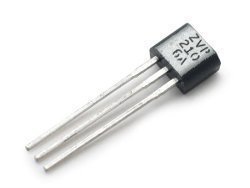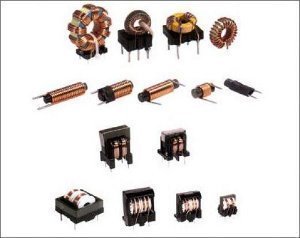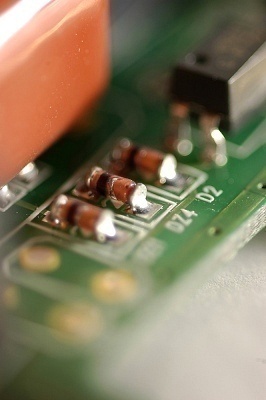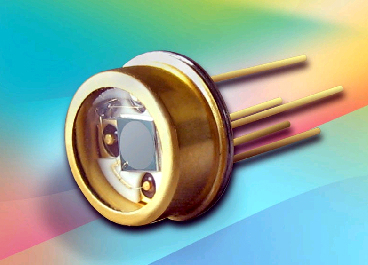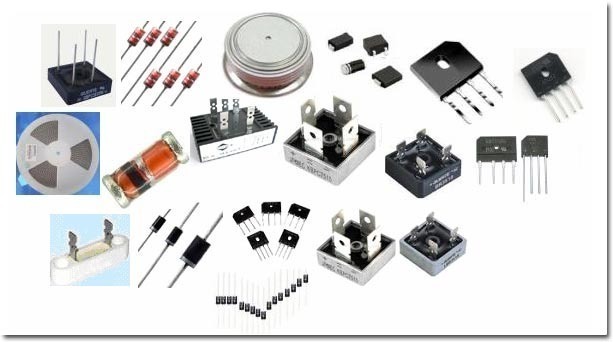How to Test a Capacitor
A capacitor is used to store energy so that it can provide power to any kind of electrical appliance when it is needed. Over time, though, the capacitor does begin to wear out and when this happens, its effectiveness in powering the appliance can diminish. Therefore, conducting a simple test on the capacitor can provide …

